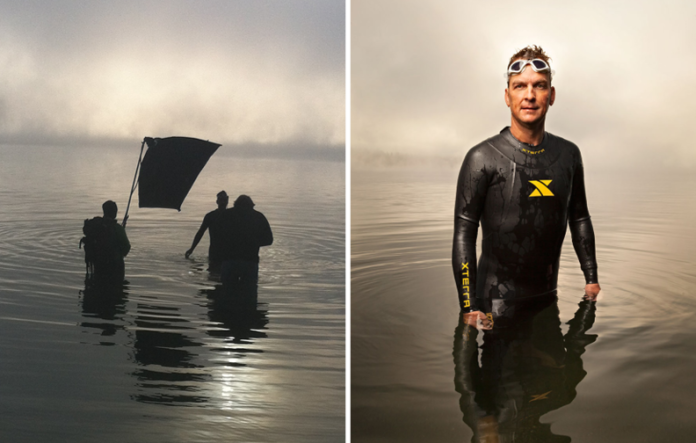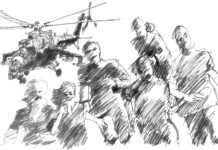
By Randy Allbritton
As a commercial advertising photographer who learned my craft in the 8×10 film days of the ’80s, I’ve seen vast changes in the business and technology of photography. And with all those changes, you’d think my advice to a young photographer would be markedly different than the advice I received as a young man in Manhattan in 1985.
After suppressing my initial impulse to advise the beginning photographer to run and find a new career, I came to the realization that photography is a passion. Whether your interest lies in commercial advertising, portraiture or fine art, my advice is the same at that Duane Michals gave me all those years ago:
“Follow your passion, don’t be afraid afraid to speak your vision and be fearless in pursuit of your dreams. ‘Do you,’ because if you’re true to yourself, your work always will stand out from the crowd.” My personal mantra always has been: “I’d rather do a beautiful photograph of something mudane than a mundane photograph of something beautiful.”
While my own passion and vision have not changed, the business of being a photographer is an entirely new ballgame. In a recent conversation with Larry Asher, co-owner of the School of Visual Concepts and a 30-year veteran of the local advertising business, he told me that the days of specializing in just one aspect of photography are over and that, today, being a good photographer is a given. Larry said today’s photographer must be able to offer the entire visual package, from stills to photo retouching to first-rate video production to remain competitive.
Moreover, with the advent of Adobe’s Creative Cloud of programs, the photographer’s job no longer ends with the photo shoot. They now can control every aspect of their vision for the final image. And with the ease of shooting video, the savvy photographer can carry his vision all the way through video production and editing. I believe the digital revolution in photography has been the best thing to happen to creative vision since the invention of film.
The digital age also has made it easier to get your work out into the world for people to see, but how do you stand out from the crowd in a world exploding with photos? I posed this question to Sally Bjornsen, a top artist rep in the Northwest.
“In the old days, the photographer was as much the ‘idea’ person as the art director,” Sally said.“Creativity was usually spawned on a napkin with an agency pen in hand. Today this’s not the case; most commercial photographers are seen as technicians, rather than artists, and we have technology to blame for that.
“As clients, producers and agency folks gather around a monitor to weigh in on creative direction for the photographer. It becomes less about spawning and idea and more about synthesizing the various voices that are weighing in on the process.
“It’s client management over creative ideation. What’s more, younger photographers don’t feel the nostalgia of the ‘good ol’ days;’ they never knew it any other way. Instead they’re masters of technology; not only can they shoot with a still camera, but they’re trained designers and videographers. It’s not uncommon for a young photographer to be proficient at retouching, editing and social media marketing. Technical prowesss in many mediums is the price of entry today into a career in photography. Original creativity—not so much.
“Another thing that has changed is the pace of communication,” Sally continued. “With the various mediums required to market a brand (e.g., Instagram, Facebook, Pinterest, video, print, etc.), images don’t have the lasting power they once had. Instead of one iconic image for a brand campaign, the brand needs 50 images.
Because of this, less time is spent on each image. It becomes the collection of images that a brand presents that makes a difference. It becomes a quantity over quality strategy. Less is no longer more. More is more, making it hard for an artist—but perfect for a technician.”
My advice? Become a design generalist, and if you love photography, incorporate that into your design aesthetic. The more versatile you are with design tools, technology and consumer trends, the more likely you are to stay employed.
Randy Allbritton is the principal of Capture, a commercial advertising photography agency. You can reach him at me@randyallbritton.com.





